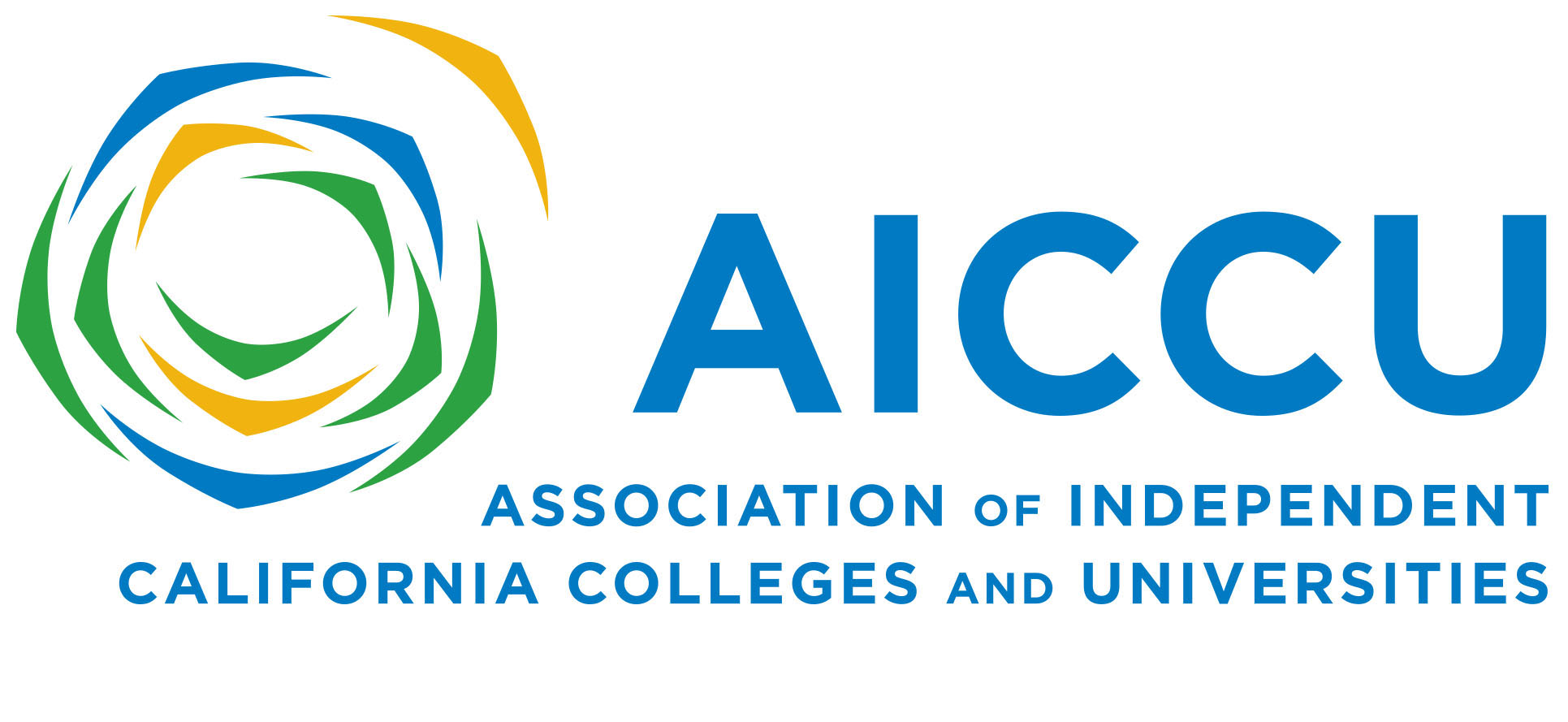Fifteen years of teaching students with disabilities taught me that choice is power. It doesn’t matter if the student is verbal or non-verbal, able or exceptional, choice equals voice. Whoever holds the power to choose, holds the power to change. From a behavioral standpoint, that is the precept of learning: change.
With the full implementation of the Core Curriculum State Standards, teachers are now required to teach globally-competitive skills that demand higher-order thinking. Problem-solving, thinking out-of-the box, and reasoning are now literally critical thinking skills. However, the traditional teacher-centered classroom lacks the same rigor to match the standards. In fact, it works against reforms by perpetuating passive learning: one that mistakes silence for understanding, and passivity for order and obedience. No voice, no choice seems the easiest route to take for a teacher whose class is always out of control; but in a classroom where there have been no changes in the students’ behavior, there may not really be any room for learning.
According to Brophy (2006, 40), “a management system that orients students toward passivity and compliance with rigid rules undercuts the potential effects of an instructional system that is designed to emphasize active learning, higher order thinking, and the social construction of knowledge.” It’s time to flip the rules.
Student-centered learning is not a new concept. Constructivism, the philosophical theory of learning through active construction, was introduced by John Dewey (1933/1998), developed by Bruner (1990) and Piaget (1972) into cognitive constructivism, and by Vygotsky (1978) into social constructivism. Simply put, the student becomes an active participant in the learning process by sharing in the decision-making process. Student voice is student choice. The thought is a bit unnerving for the lecture-type teacher, but then, what teacher would turn down the opportunity to sit, watch, and listen for a change?
Enough of my unraveling (only because one of the kindergarteners is about to find out why a bottle of soda is not a good choice for a musical instrument). Full disclosure: In this paradigm shift, failure can be an option because it allows for multiple trials to learn.
Piqued by the student-centered classroom? Here are some resources you could use:
- The Student Centered Classroom by Leo Jones, Cambridge University Press
- “Generalists To Specialists: Transformative Evidences and Impediments to Student-centered Practices of Primary Music and Art Teachers in Singapore” by Pamela Costes-Onishi & Imelda Caleon, International Journal of Education & the Arts Volume 17 Number 7
- “Student-Centered and Teacher-Centered Classroom Management: A Case Study of Three Elementary Teachers” by Tracey Garrett, Journal of Classroom Interaction, Vol 43.1, pages 34 – 47
- “Student-Centered Learning: It Starts With the Teacher” by John McCarthy, Edutopia
- “Student-Centered Learning Environments: How and Why” by Paul Bogdan, Edutopia
- “The Student-Centered Classroom: Communicating What Matters” by Pernille Ripp, Edutopia
- “5 Ways to Make Your Classroom Student-Centered” by Marcia Powell, Education Week: Teacher
- “Student Centered Instructional Methods” Infographic, by Mia MacMeekin
- “Higher Order Thinking” eBook, from eSparkLearning
- “8 ways teachers can talk less and get kids talking more” by Angela Watson
- “7 Ways to Increase Student Engagement” by Jamie Sears, Diary of a Not So Wimpy Teacher


